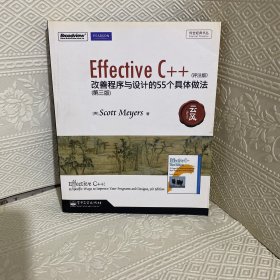
Effective C++:改善程序与设计的55个具体做法
¥ 19 2.9折 ¥ 65 九品
仅1件
作者[美]Scott meyers 著;云飞 注
出版社电子工业出版社
出版时间2011-06
版次3
装帧平装
货号5.2
上书时间2024-05-19
- 最新上架
商品详情
- 品相描述:九品
图书标准信息
- 作者 [美]Scott meyers 著;云飞 注
- 出版社 电子工业出版社
- 出版时间 2011-06
- 版次 3
- ISBN 9787121133763
- 定价 65.00元
- 装帧 平装
- 开本 16开
- 纸张 胶版纸
- 页数 319页
- 字数 417千字
- 原版书名 Effective C++:改善程序与设计的55个具体做法:第3版(评注版)
- 丛书 传世经典书丛
- 【内容简介】
-
“C++程序员可以分成两类,读过Effective C++的和没读过的。”世界顶级C++大师Scott Meyers 这部成名之作,与这句话一道在全球无数读者间广为传颂。几乎所有C++书籍推荐名单上,Scott Meyers编著,云风译注的《Effective C++:改善程序与设计的55个具体做法(第3版)(评注版)(双色)》都会位列三甲。作者高超的技术把握力、独特的视角﹑诙谐轻松的写作风格﹑独具匠心的内容组织,都受到极大的推崇和仿效。
对于国外技术图书,选择翻译版还是影印版,常让人陷入两难。本评注版力邀国内资深专家执笔,在英文原著基础上增加中文点评与注释,旨在融合二者之长,既保留经典的原创文字与味道,又以先行者的学研心得与实践感悟,对读者阅读与学习加以点拨、指明捷径。经过评注的版本,更值得反复阅读与体会。希望《Effective C++:改善程序与设计的55个具体做法(第3版)(评注版)(双色)》这本书能够帮助您跨越C++的重重险阻,领略高处才有的壮美风光,做一个成功而快乐的C++程序员。
经过评注的版本,更值得反复阅读与体会。希望这本《Effective C++:改善程序与设计的55个具体做法(第3版)(评注版)(双色)》能够帮助您跨越C++的重重险阻,领略高处才有的壮美风光,做一个成功而快乐的C++程序员。
- 【作者简介】
-
云风,时年二十七岁。自幼学习编程,十数年从未间断,对程序设计有所领悟。大学时代开发的游戏图像引擎“风魂”曾用千多家游戏公司的游戏项目。参与过《大话西游》系列、《梦幻西游》、《网易泡泡游戏》的开发。现从事新一代网络游戏引擎的研究与开发,并在游戏模式卜做一些新的尝试。性格开朗,兴趣广泛,好交友,绝非沉浸在计算机世界中的书呆子。国学、历史书籍常备案头,以先贤之教诲修其心;休息时常作户外运动,尤其喜爱攀岩。
- 【目录】
-
Introduction(新增批注共2条)
Chapter 1: Accustoming Yourself to C++(新增批注共12条)
Item 1: View C++ as a federation of languages.
Item 2: Prefer consts, enums, and inlines to #defines.
Item 3: Use const whenever possible.
Item 4: Make sure that objects are initialized before they’re used.
Chapter 2: Constructors, Destructors, and AssignmentOperators(新增批注共9条)
Item 5: Know what functions C++ silently writes and calls.
Item 6: Explicitly disallow the use of compiler-generated functions you do not want.
Item 7: Declare destructors virtual in polymorphic base classes.
Item 8: Prevent exceptions from leaving destructors.
Item 9: Never call virtual functions during construction or destruction.
Item 10: Have assignment operators return a reference to *this.
Item 11: Handle assignment to self in operator=.
Item 12: Copy all parts of an object.
Chapter 3: Resource Management(新增批注共7条)
Item 13: Use objects to manage resources.
Item 14: Think carefully about copying behavior in resource-managing classes.
Item 15: Provide access to raw resources in resource-managing classes.
Item 16: Use the same form in corresponding uses of new and delete.
Item 17: Store newed objects in smart pointers in standalone statements.
Chapter 4: Designs and Declarations(新增批注共28条)
Item 18: Make interfaces easy to use correctly and hard to use incorrectly.
Item 19: Treat class design as type design.
Item 20: Prefer pass-by-reference-to-const to pass-by-value.
Item 21: Don’t try to return a reference when you must return an object.
Item 22: Declare data members private.
Item 23: Prefer non-member non-friend functions to member functions.
Item 24: Declare non-member functions when type conversions should apply to all parameters.
Item 25: Consider support for a non-throwing swap.
Chapter 5: Implementations(新增批注共42条)
Item 26: Postpone variable definitions as long as possible.
Item 27: Minimize casting.
Item 28: Avoid returning “handles” to object internals.
Item 29: Strive for exception-safe code.
Item 30: Understand the ins and outs of inlining.
Item 31: Minimize compilation dependencies between files.
Chapter 6: Inheritance and Object-Oriented Design(新增批注共39条)
Item 32: Make sure public inheritance models “is-a.”
Item 33: Avoid hiding inherited names.
Item 34: Differentiate between inheritance of interface and inheritance of implementation.
Item 35: Consider alternatives to virtual functions.
Item 36: Never redefine an inherited non-virtual function.
Item 37: Never redefine a function’s inherited default parameter value.
Item 38: Model “has-a” or is-implemented-in-terms-of” through composition.
Item 39: Use private inheritance judiciously.
Item 40: Use multiple inheritance judiciously.
Chapter 7: Templates and GenericProgramming(新增批注共28条)
Item 41: Understand implicit interfaces and compile-time polymorphism.
Item 42: Understand the two meanings of typename.
Item 43: Know how to access names in templatized base classes.
Item 44: Factor parameter-independent code out of templates.
Item 45: Use member function templates to accept “all compatible types.”
Item 46: Define non-member functions inside templates when type conversions are desired.
Item 47: Use traits classes for information about types.
Item 48: Be aware of template metaprogramming.
Chapter 8: Customizing new and delete(新增批注共17条)
Item 49: Understand the behavior of the new-handler.
Item 50: Understand when it makes sense to replace new and delete.
Item 51: Adhere to convention when writing new and delete.
Item 52: Write placement delete if you write placement new.
Chapter 9: Miscellany(新增批注共8条)
Item 53: Pay attention to compiler warnings.
Item 54: Familiarize yourself with the standard library, including TR1.
Item 55: Familiarize yourself with Boost.
Appendix A: Beyond Effective C++
Appendix B: Item Mappings Between Second and Third Editions
Index
— 没有更多了 —











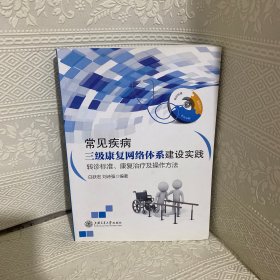
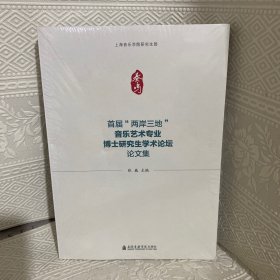
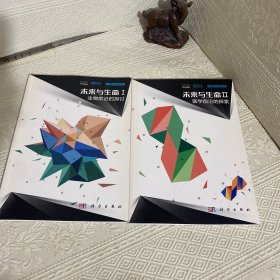
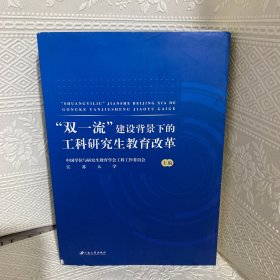
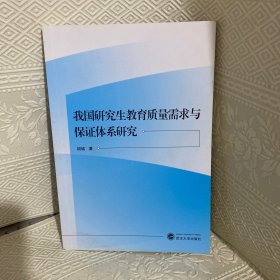
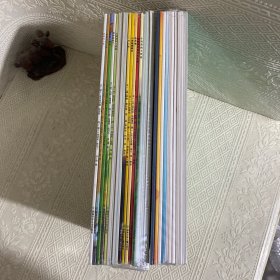

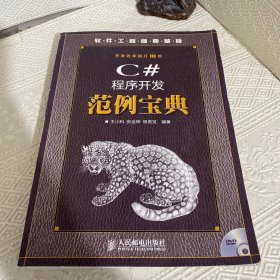
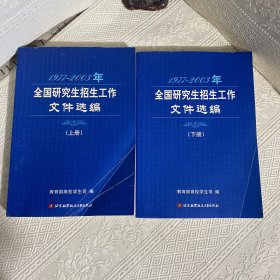

以下为对购买帮助不大的评价